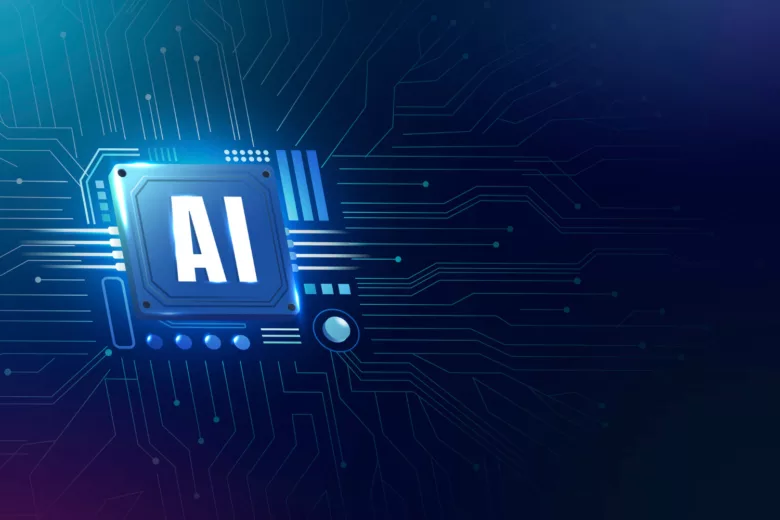Artificial Intelligence (AI) has revolutionized the world of design across multiple creative industries, empowering designers with innovative tools and applications. From graphic design to fashion, AI has demonstrated its prowess in enhancing creativity, efficiency, and user experiences. In this article, we will explore various examples and applications of AI design across different creative fields, showcasing the transformative impact of AI on the world of design.
Introduction
AI has emerged as a game-changer for the creative industries, augmenting human capabilities and streamlining design processes. Designers are now equipped with AI-powered tools that can generate content, analyze data, and anticipate user preferences, leading to more impactful and personalized designs.
AI in Graphic Design

– AI-generated Graphics and Logos
AI-powered design tools can generate stunning graphics and logos by analyzing design trends, user preferences, and brand elements. Designers can quickly explore a multitude of design variations and choose the most compelling options.
– Automated Layout Design
AI can automate the layout design process by intelligently arranging elements based on design principles and user behavior. Automated layout tools ensure consistency and efficiency in design projects.
AI in Fashion Design
– AI-powered Fashion Trend Analysis
AI can analyze fashion trends from social media, runway shows, and online marketplaces to provide designers with real-time insights into emerging styles and consumer preferences.
– Virtual Fashion Design and Prototyping
AI enables virtual fashion design and prototyping, allowing designers to visualize garments on virtual models and make adjustments before physical production, saving time and resources.
AI in Product Design
– Generative Design in 3D Modeling
Generative design powered by AI can optimize 3D models based on specified constraints and performance criteria, resulting in efficient and innovative product designs.
– Personalized Product Recommendations
AI algorithms analyze user behavior and preferences to deliver personalized product recommendations, enhancing the shopping experience and increasing customer satisfaction.
AI in User Experience (UX) Design

– Predictive UX Analytics
AI-driven predictive analytics assess user interactions and behaviors to anticipate user needs, enabling designers to create intuitive and user-friendly interfaces.
– Chatbots for Enhanced User Interaction
AI-powered chatbots provide instant support to users, addressing their queries and guiding them through digital experiences, enhancing overall user engagement.
AI in Video Game Design
– AI-driven Procedural Content Generation
AI algorithms can generate game levels, terrains, and assets procedurally, reducing the manual effort required for level design and enhancing the variety of gameplay experiences.
– Realistic Character Animation
AI-powered animation tools can create lifelike character animations, capturing subtle movements and emotions for a more immersive gaming experience.
Conclusion
The examples and applications of AI design presented in this article represent just a glimpse of the transformative impact AI has had on various creative fields. AI-driven design tools have revolutionized graphic design, fashion, product design, UX design, and video game design, empowering designers to push the boundaries of innovation and create more personalized and user-centric experiences.
As AI continues to advance, the synergy between AI and human creativity will further redefine the landscape of design across industries, shaping the future of creative endeavors and offering exciting possibilities for designers worldwide.
Frequently Asked Questions
Answer: AI streamlines level design through procedural content generation and enhances character animations, leading to more diverse and immersive gaming experiences.
Answer: AI-driven predictive analytics and chatbots help designers create intuitive and user-friendly interfaces, providing a seamless and engaging user experience.
Answer: Yes, personalized product recommendations based on AI analysis of user behavior can lead to higher customer satisfaction and increased conversion rates.
Answer: AI uses data from social media, runway shows, and online platforms to identify patterns and emerging fashion trends, enabling designers to stay ahead of the curve.
Answer: No, AI cannot replace human creativity and intuition. Instead, it enhances human designers’ capabilities and provides valuable tools for inspiration and automation.




Leave a Reply